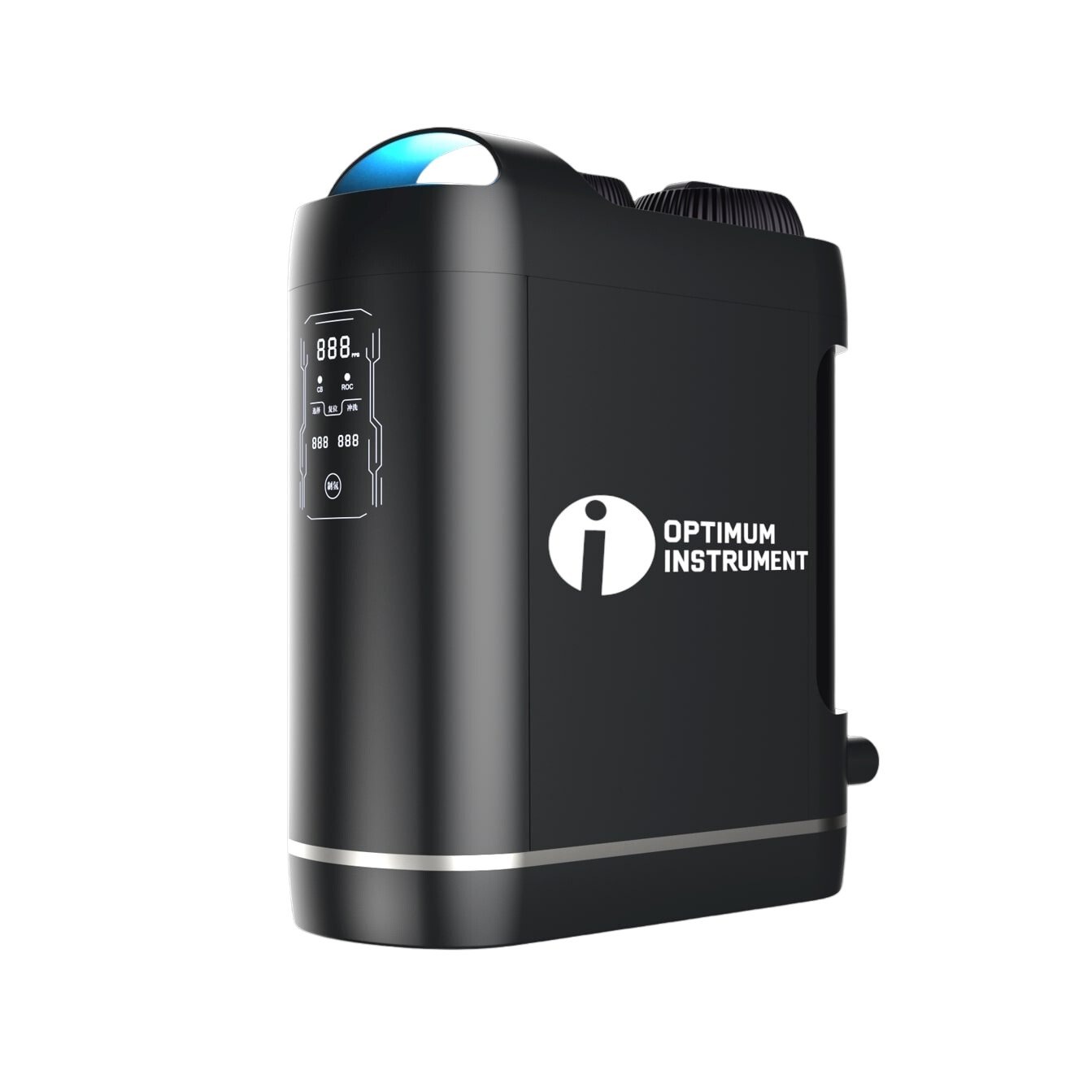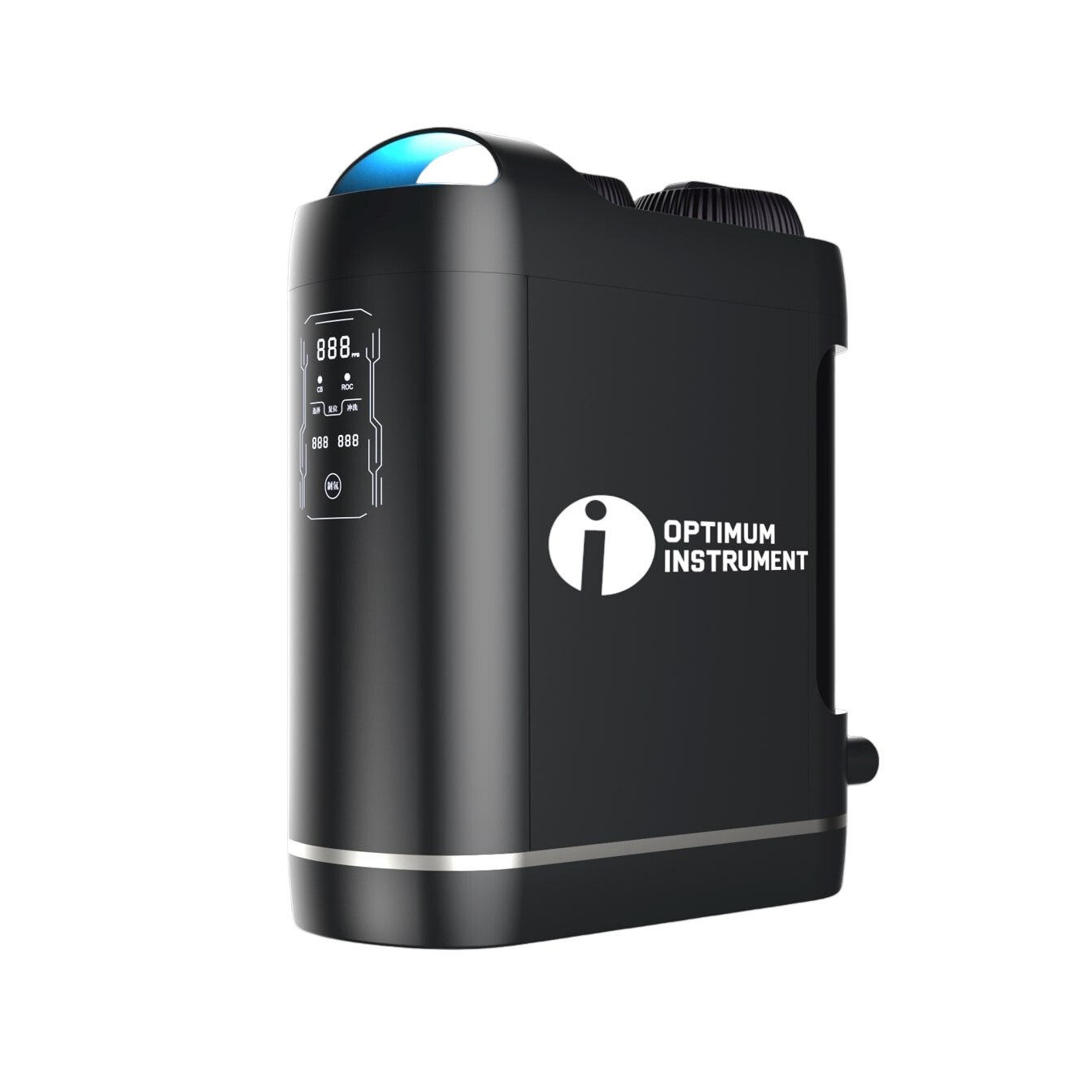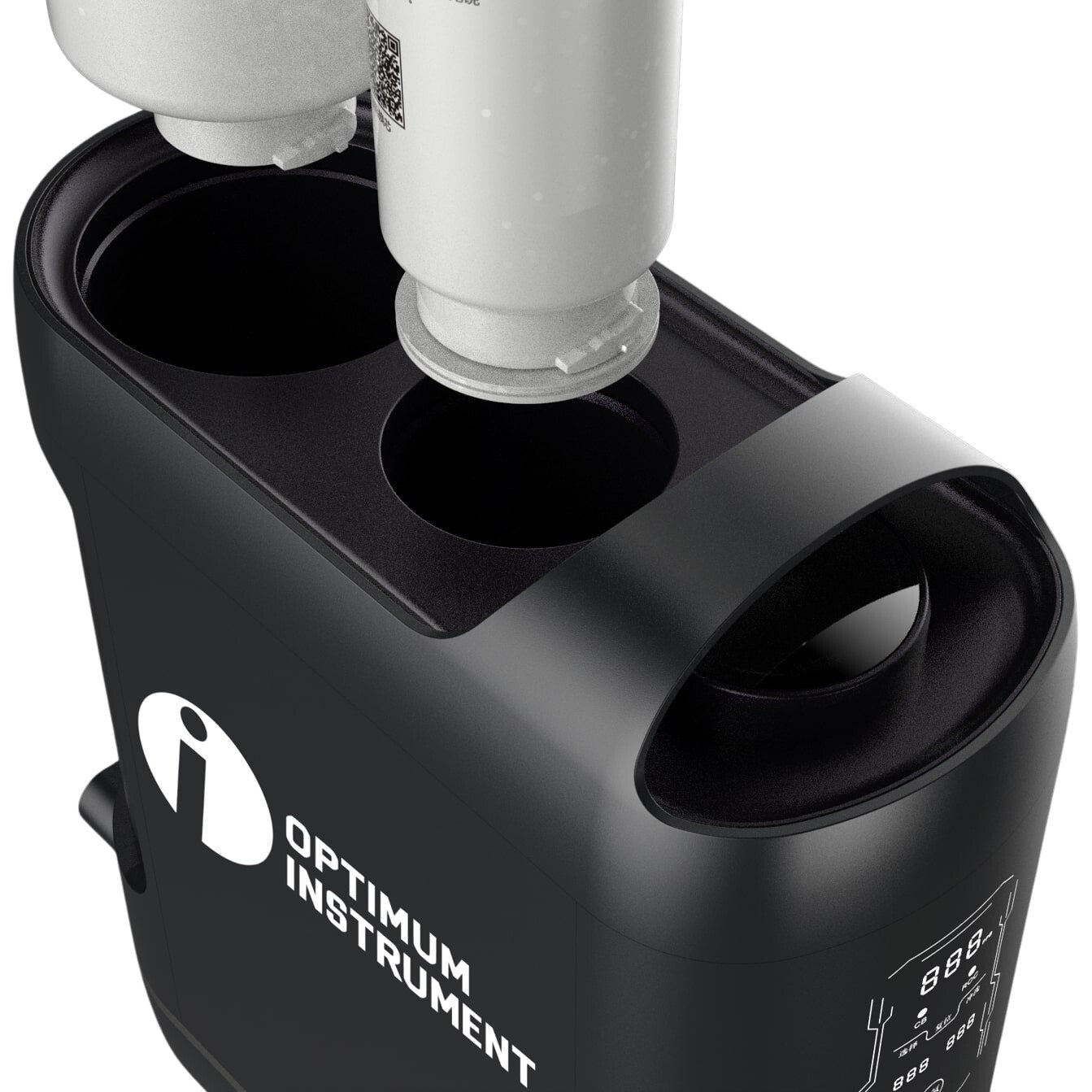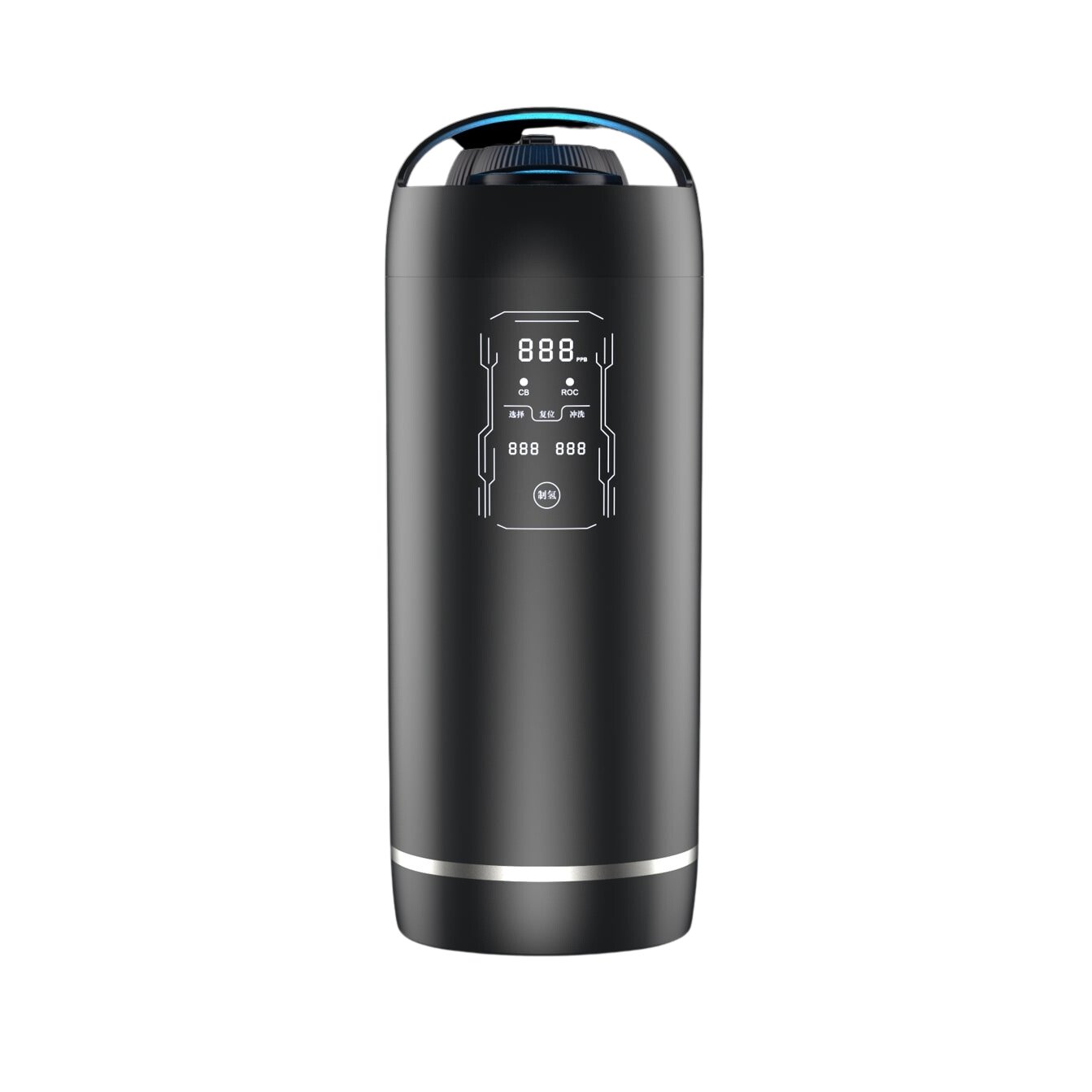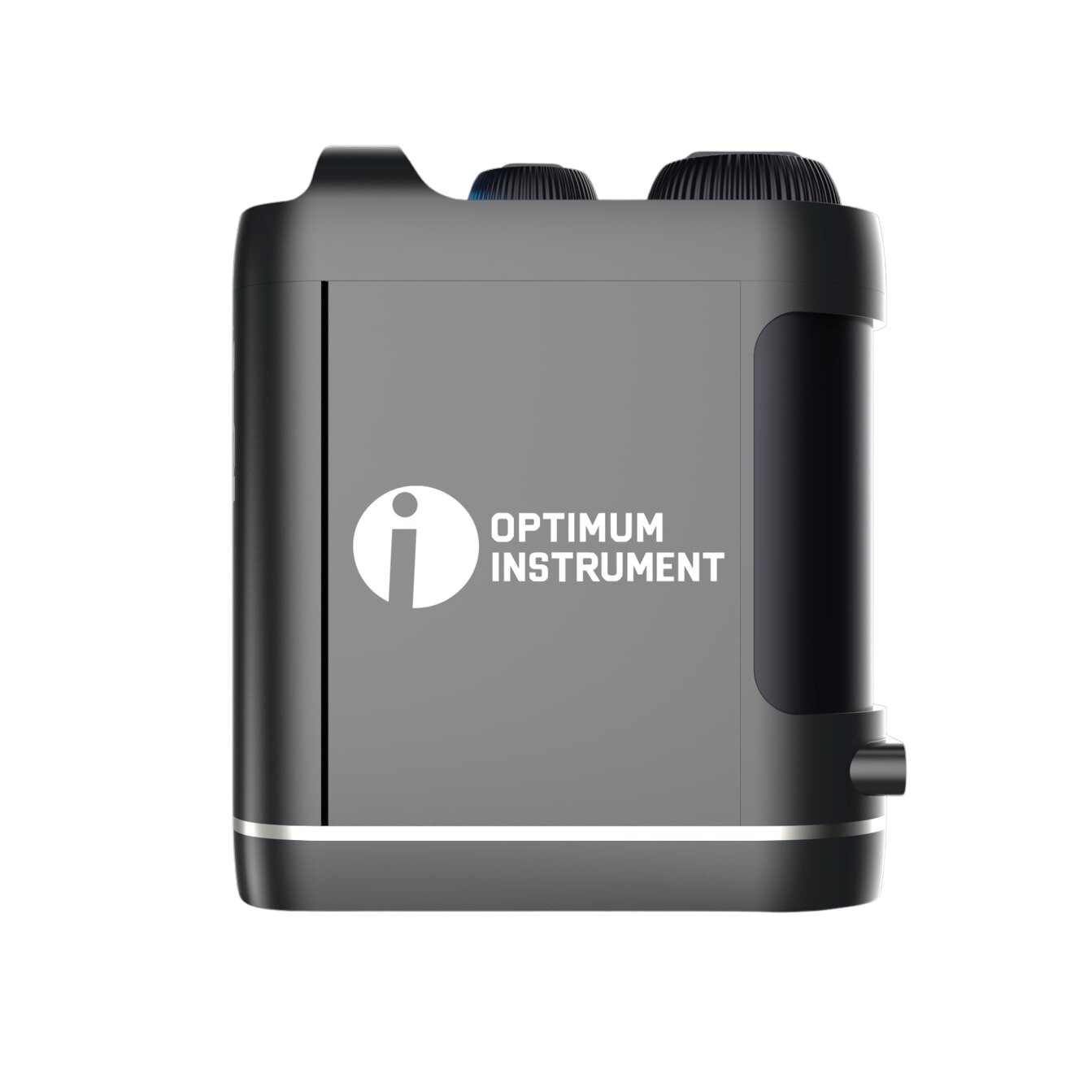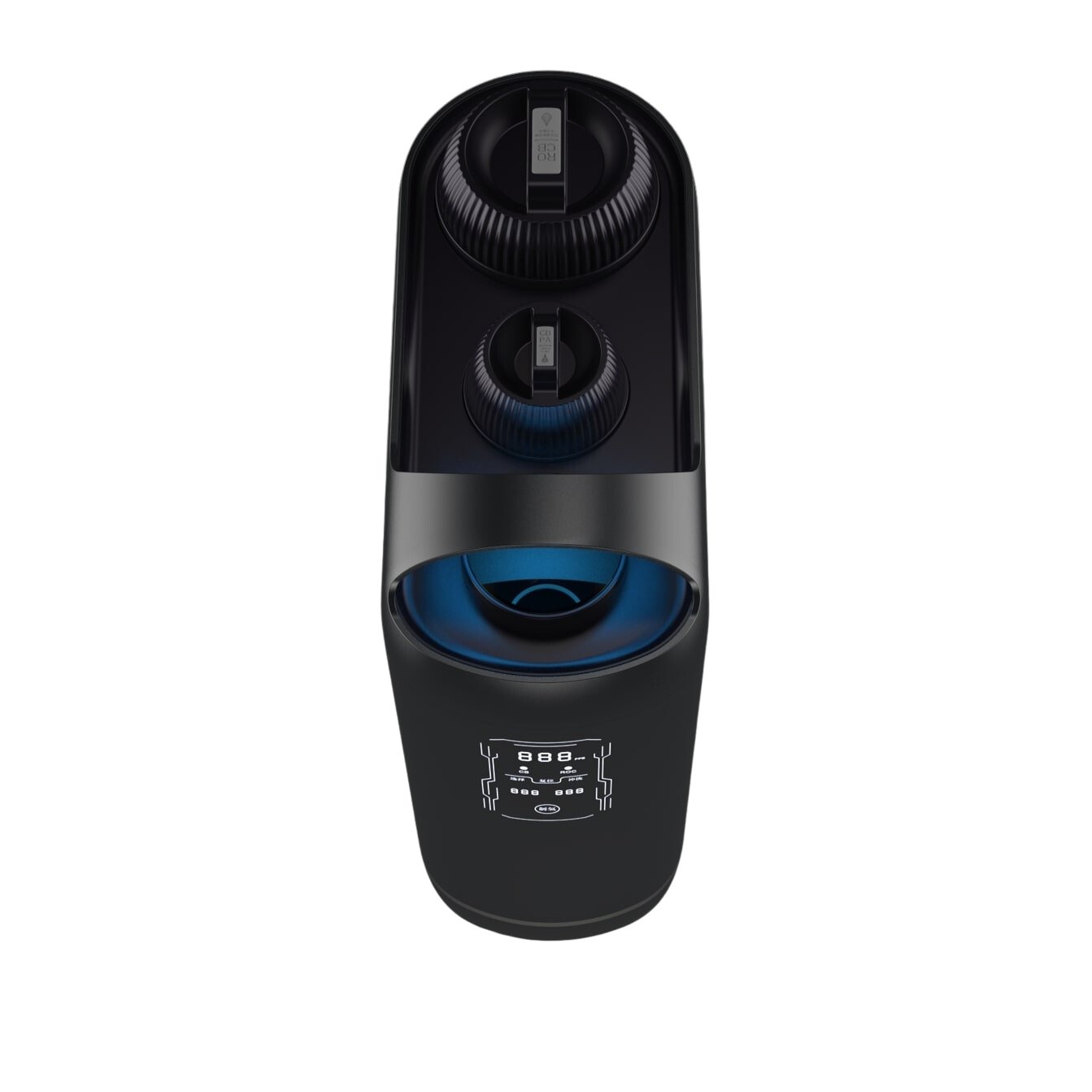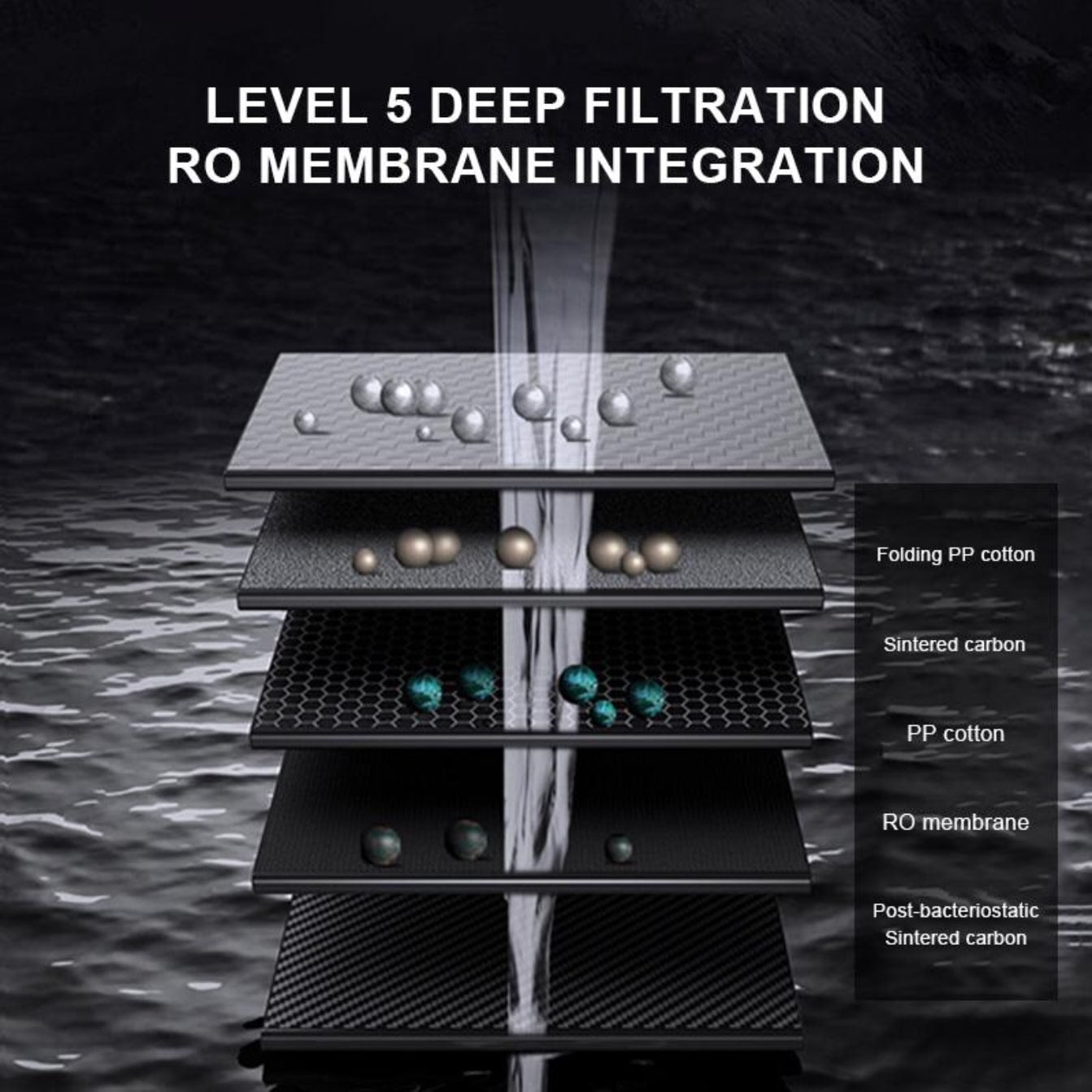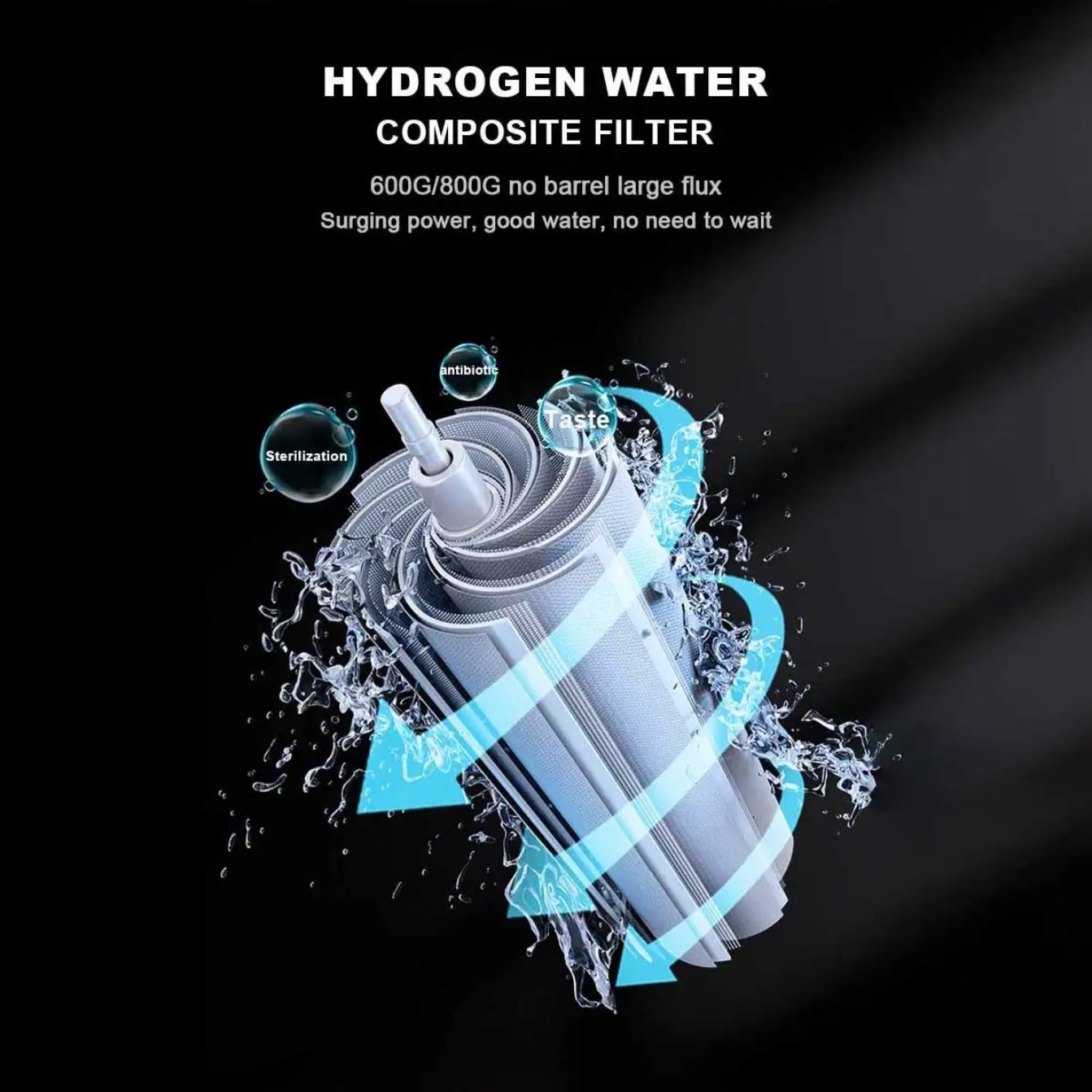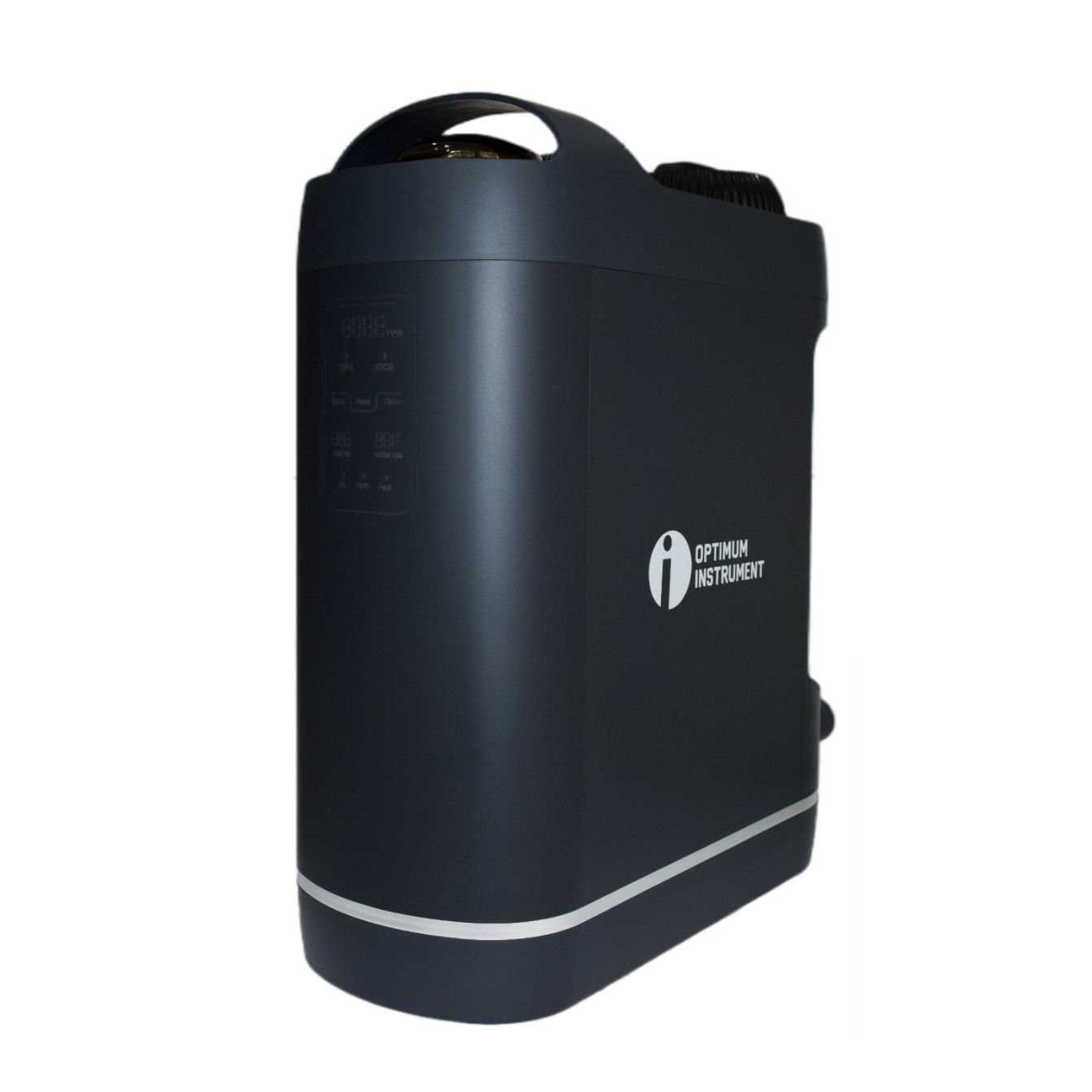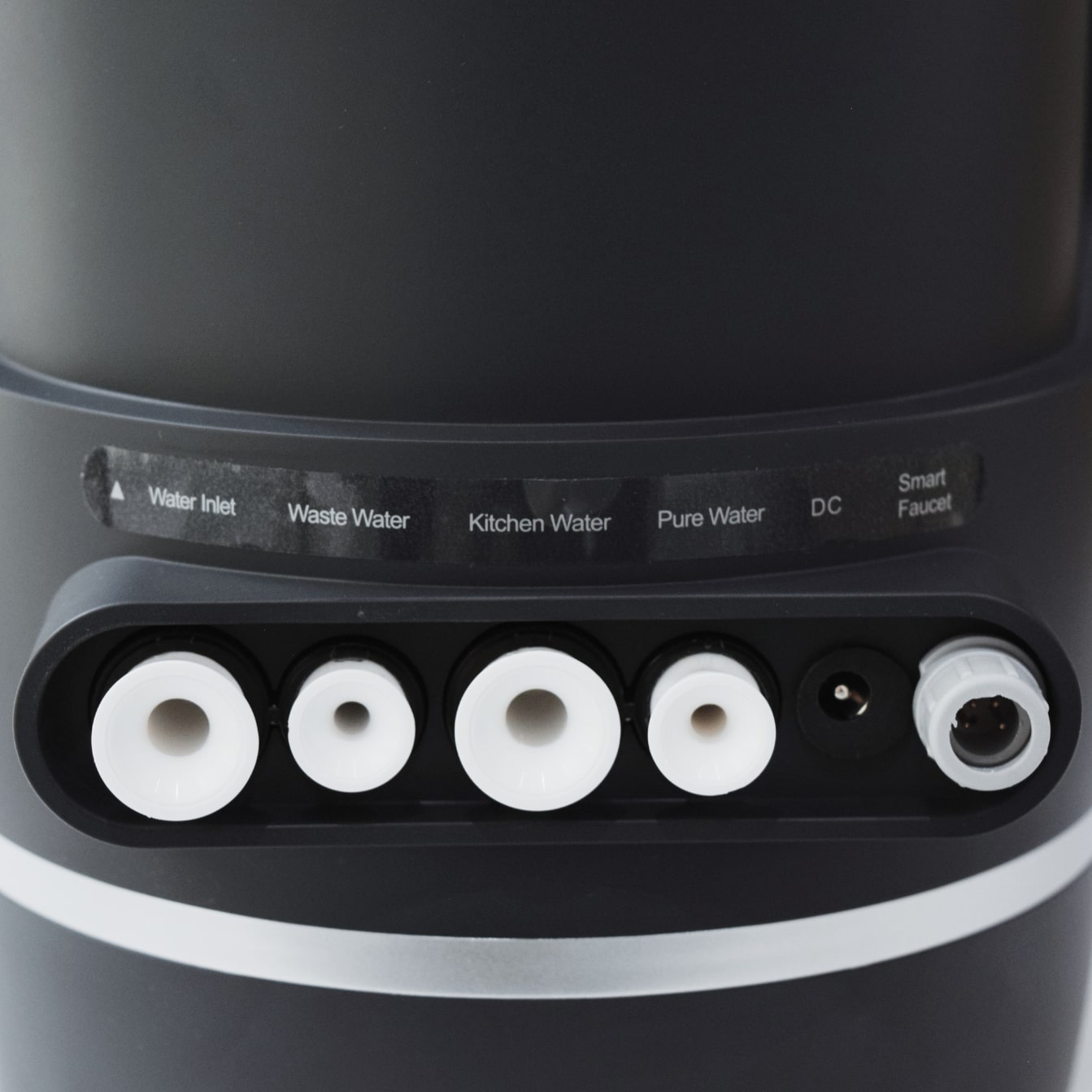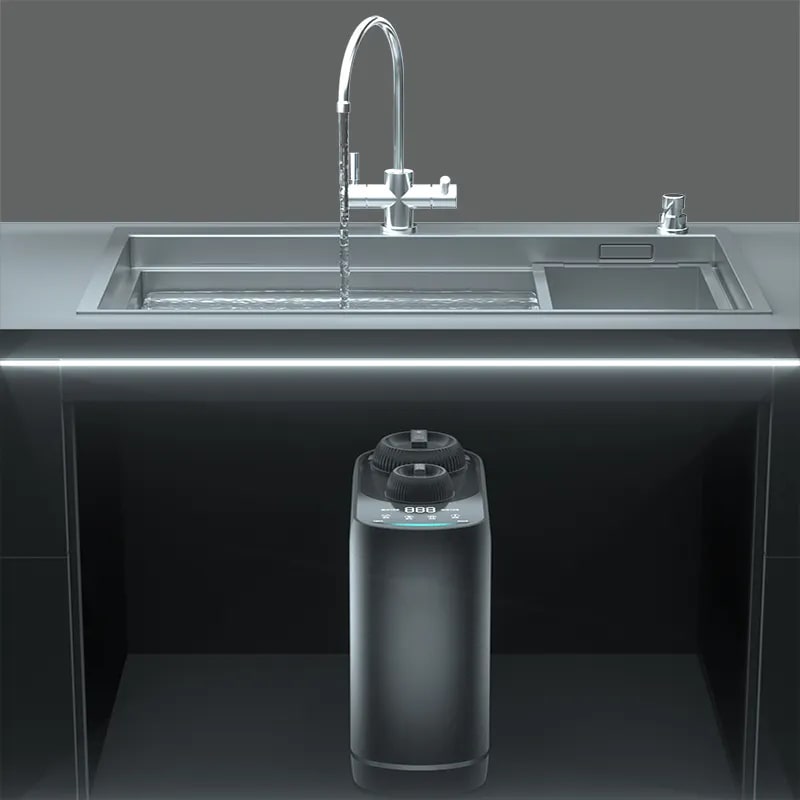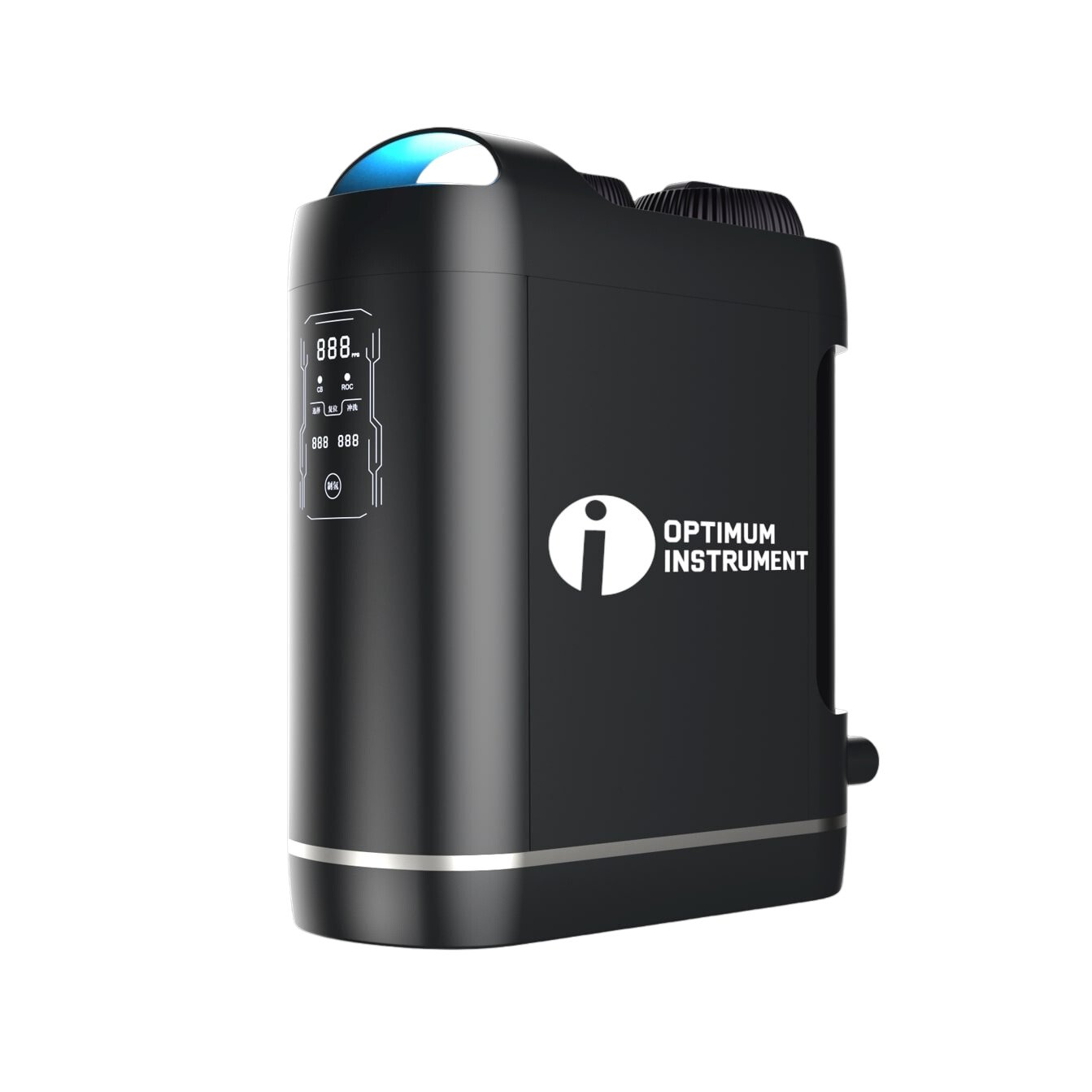Table of Contents
- What are Forever Chemicals in Drinking Water?
- What is the Danger of a Forever Chemical?
- Does UK Tap Water Contain PFAS?
- Does Bottled Water Contain PFAS?
- Can You Filter Forever Chemicals Out of Water?
- What are Examples of Forever Chemicals?
- What Does Forever Chemicals Do to the Body?
- What Happens if You Drink Water with PFAS?
- Can You Get Rid of Forever Chemicals in Your Body?
- Can You Remove Forever Chemicals from Water?
- Is There a Water Filter that Removes Forever Chemicals?
- Does a Brita Filter Remove PFAS?
- Which Water Filter Removes the Most Toxins?
- Understanding OI Optima Hydrogen UV Water Purifier
- Exploring OI Ultra UV Water Purifier
- OI Pura Water Purifier


